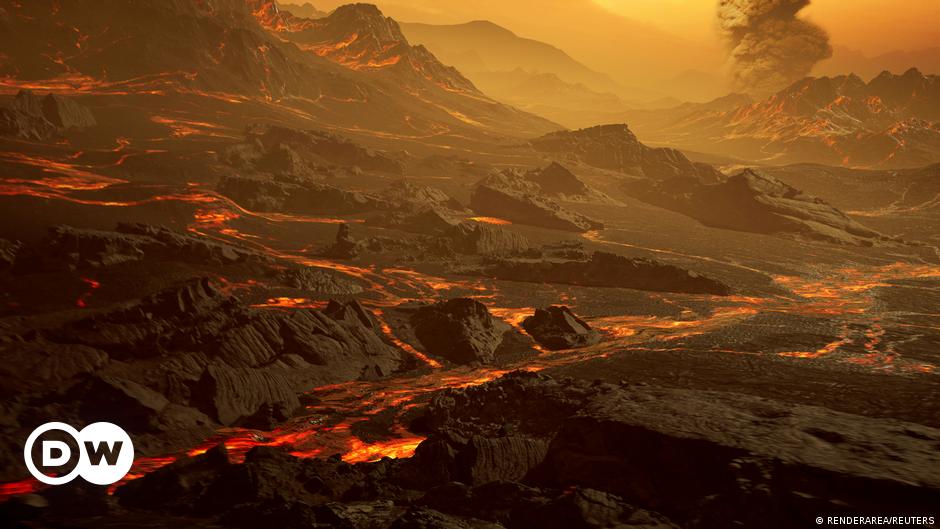
A planet discovered near our own solar system could aid in the search for life elsewhere in the universe, scientists said Thursday.
The exoplanet ‘Super-Earth’ with a surface temperature slightly cooler than Venus provides an excellent opportunity to study the atmosphere of a rocky, terrestrial alien world as scientists look for clues that could one day lead to extraterrestrial life.
How can the planet provide clues to extraterrestrial life?
Researchers at Germany’s Max Planck Institute for Astronomy said the planet – Gliese 486 b – itself is not a promising candidate as a haven for life, as it is hot and dry, with possible lava rivers spilling over its surface.
But its proximity to Earth and its physical properties make it ideally suited for a study of the atmosphere through the next generation of space and ground-based telescopes. NASA will launch the James Webb Space Telescope later this year.
Scientists could extract data to decipher the atmospheres of other exoplanets – planets outside our solar system – including planets that may harbor life.
“The exoplanet must have the correct physical and orbital configuration to be suitable for atmospheric research,” said planetary scientist Trifon Trifonov, lead author of the study published in the journal Science.
What is a ‘super earth’?
A “Super-Earth” is an exoplanet with a mass larger than our planet, but significantly less than our solar system’s ice giants Uranus and Neptune.
Gliese 486 b has a mass 2.8 times that of Earth and is in our celestial environment some 26.3 light-years away, making it one of the closest exoplanets.
“Gliese 486 b cannot be habitable, at least not as we know it here on Earth,” said Trifonov. “The planet only has a weak atmosphere, if there is one.”
‘Rosetta Stone of exoplanetology’
Nonetheless, astrophysicist and co-author Jose Caballero enthusiastically said, “We say that Gliese 486 b will instantly become the Rosetta stone of exoplanetology – at least for Earth-like planets,” he said, referring to the ancient stone slab that helped experts decipher Egyptian hieroglyphs. .
Scientists have discovered more than 4,300 exoplanets. Some were large gas planets, similar to Jupiter, while others were smaller, rocky Earth-like worlds, the kind considered candidates for thriving life.
u / rt (AFP, Reuters)